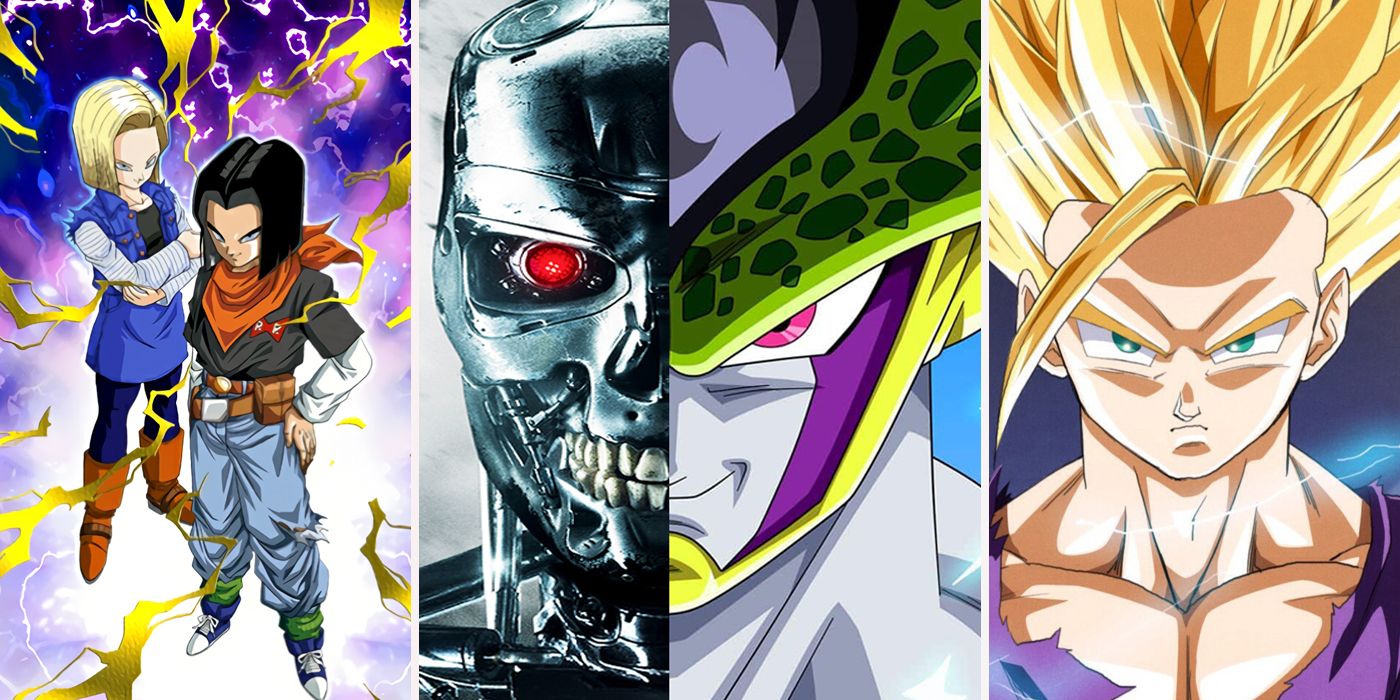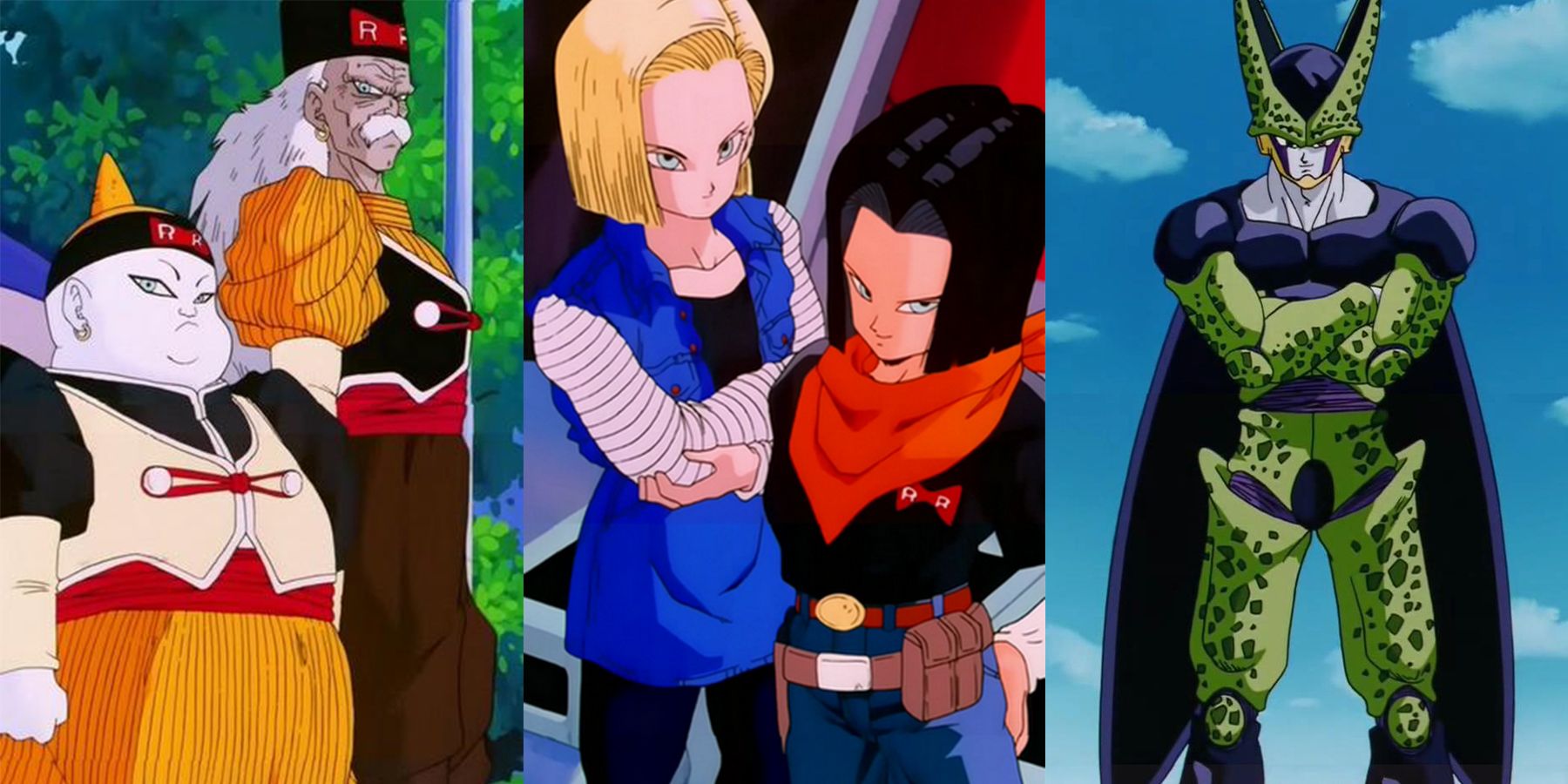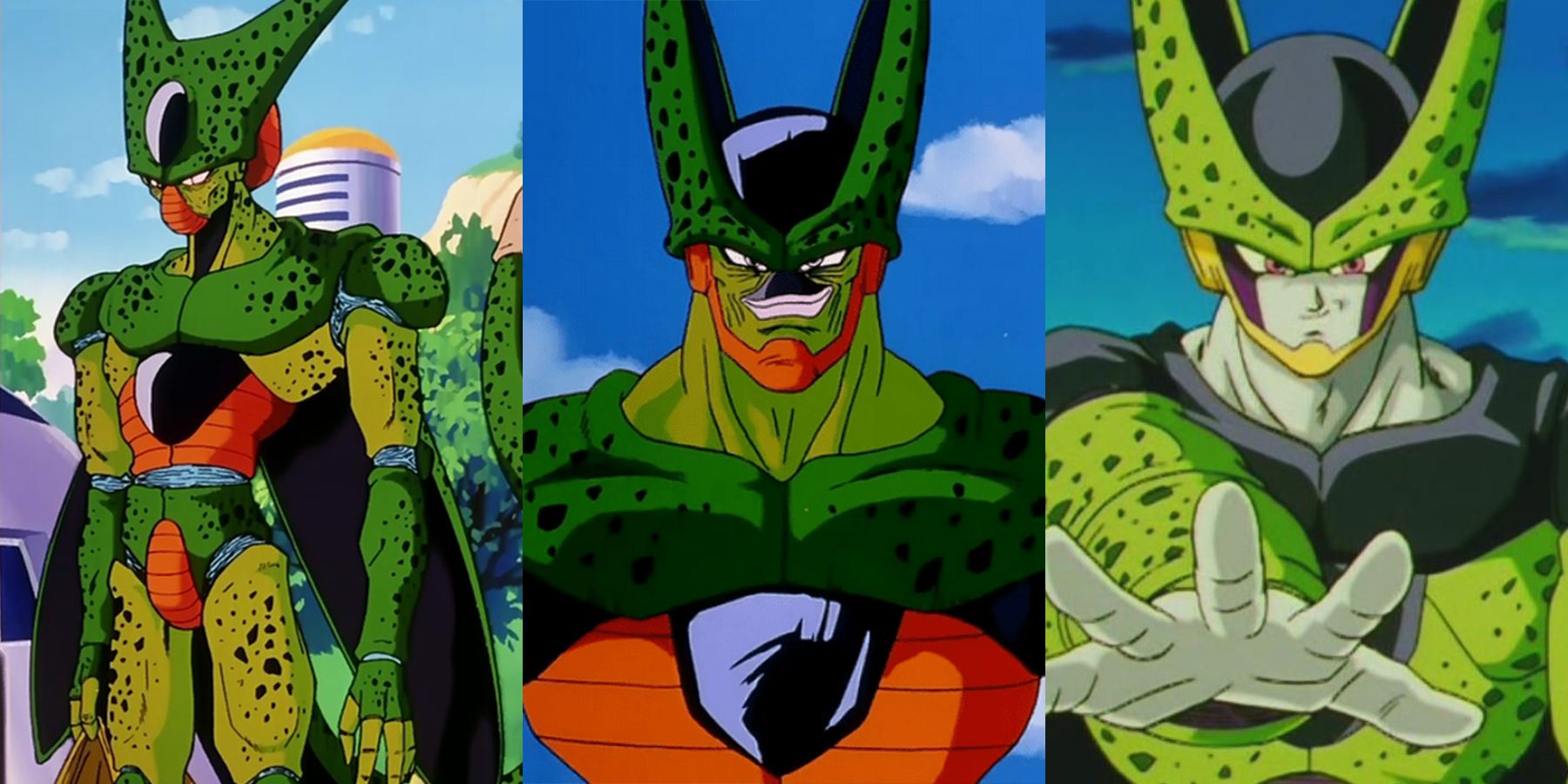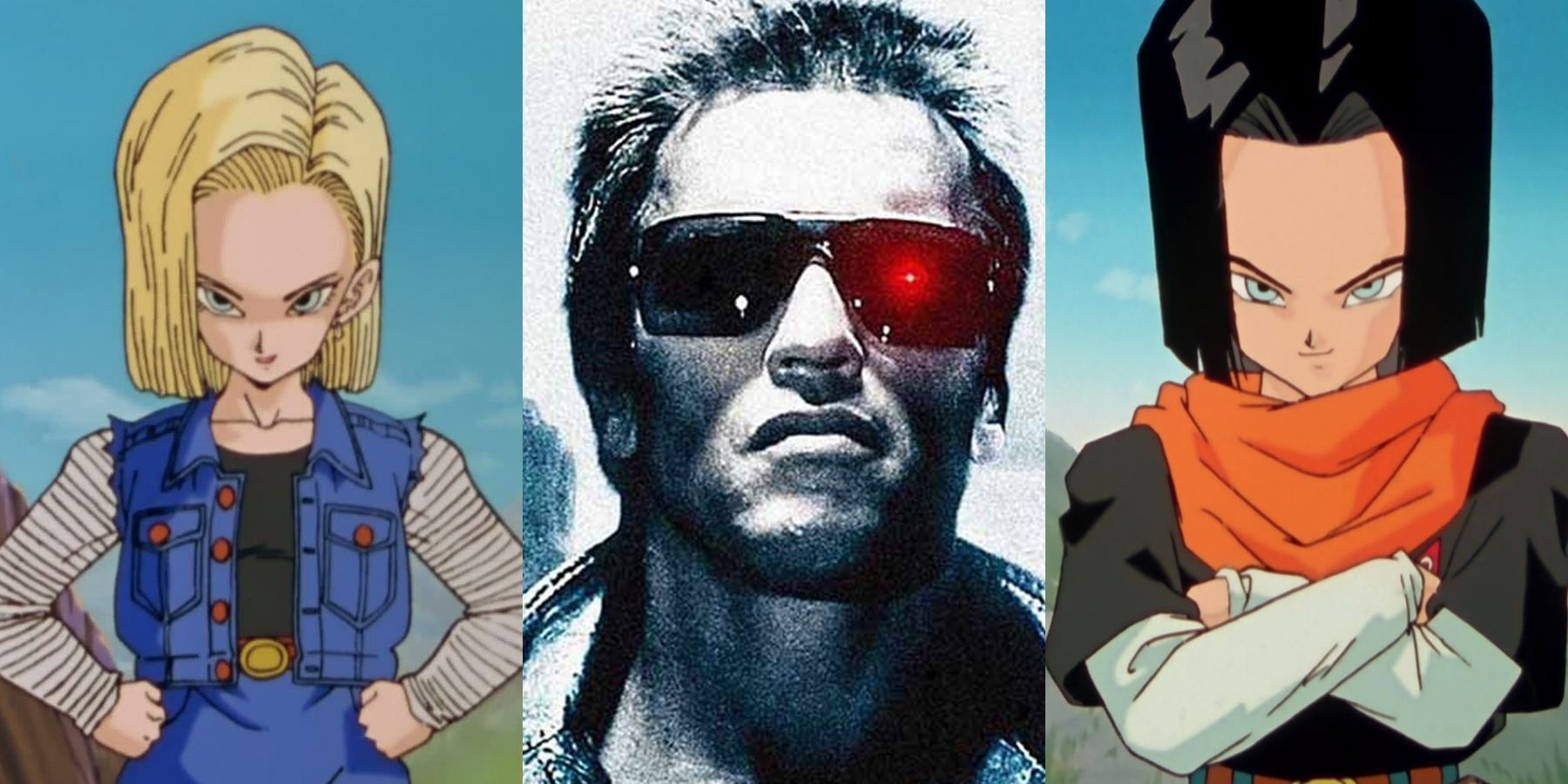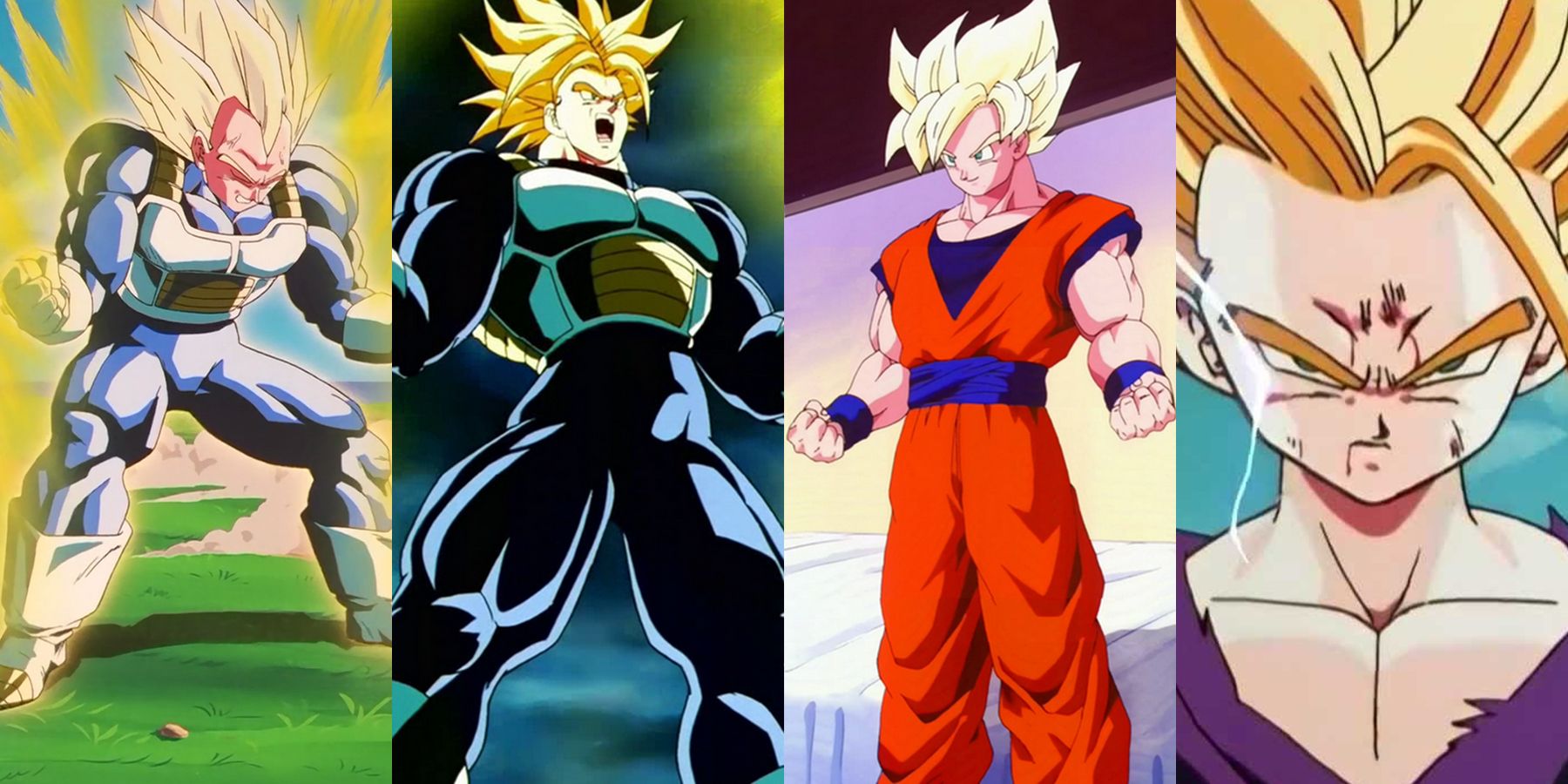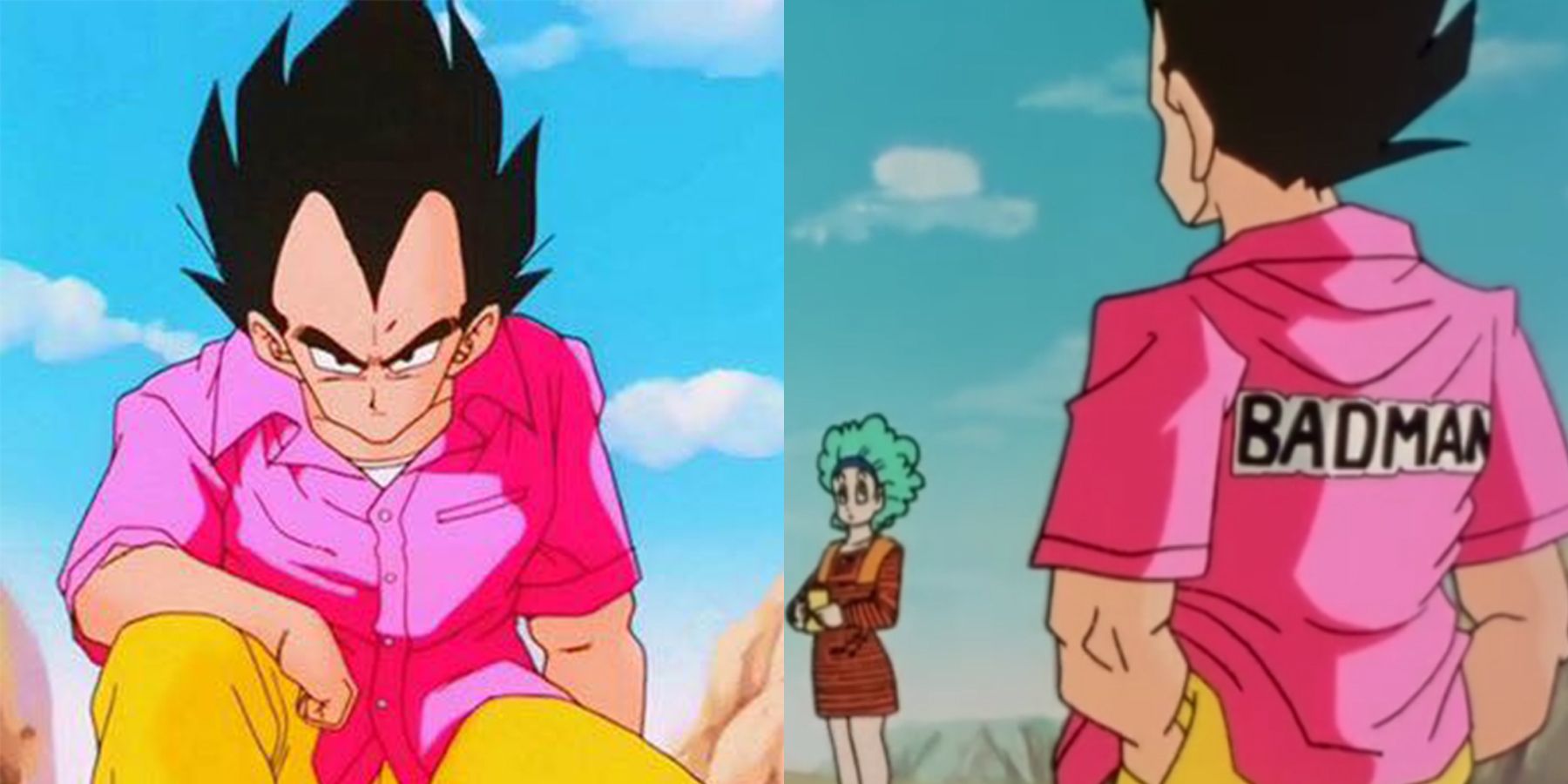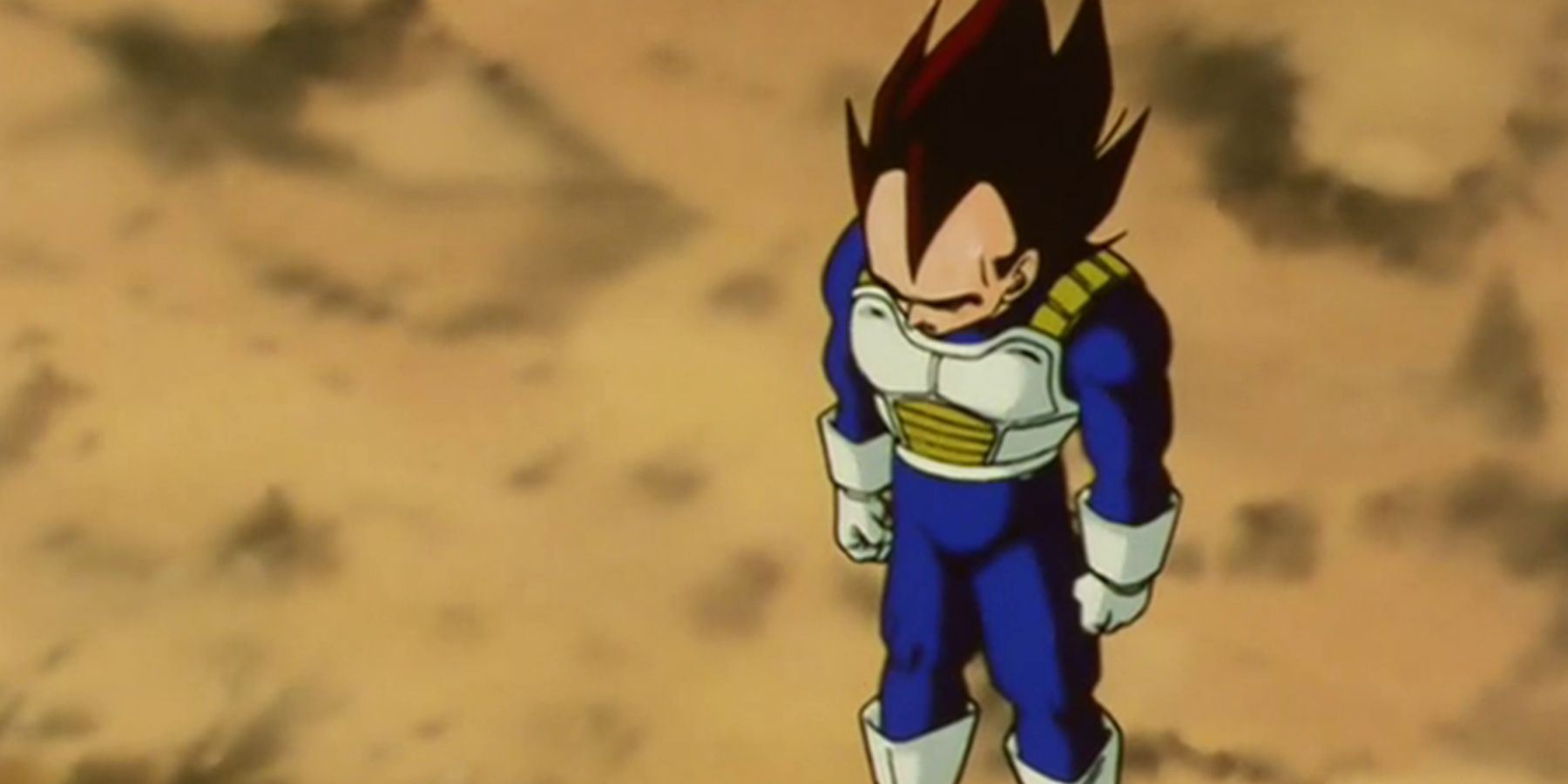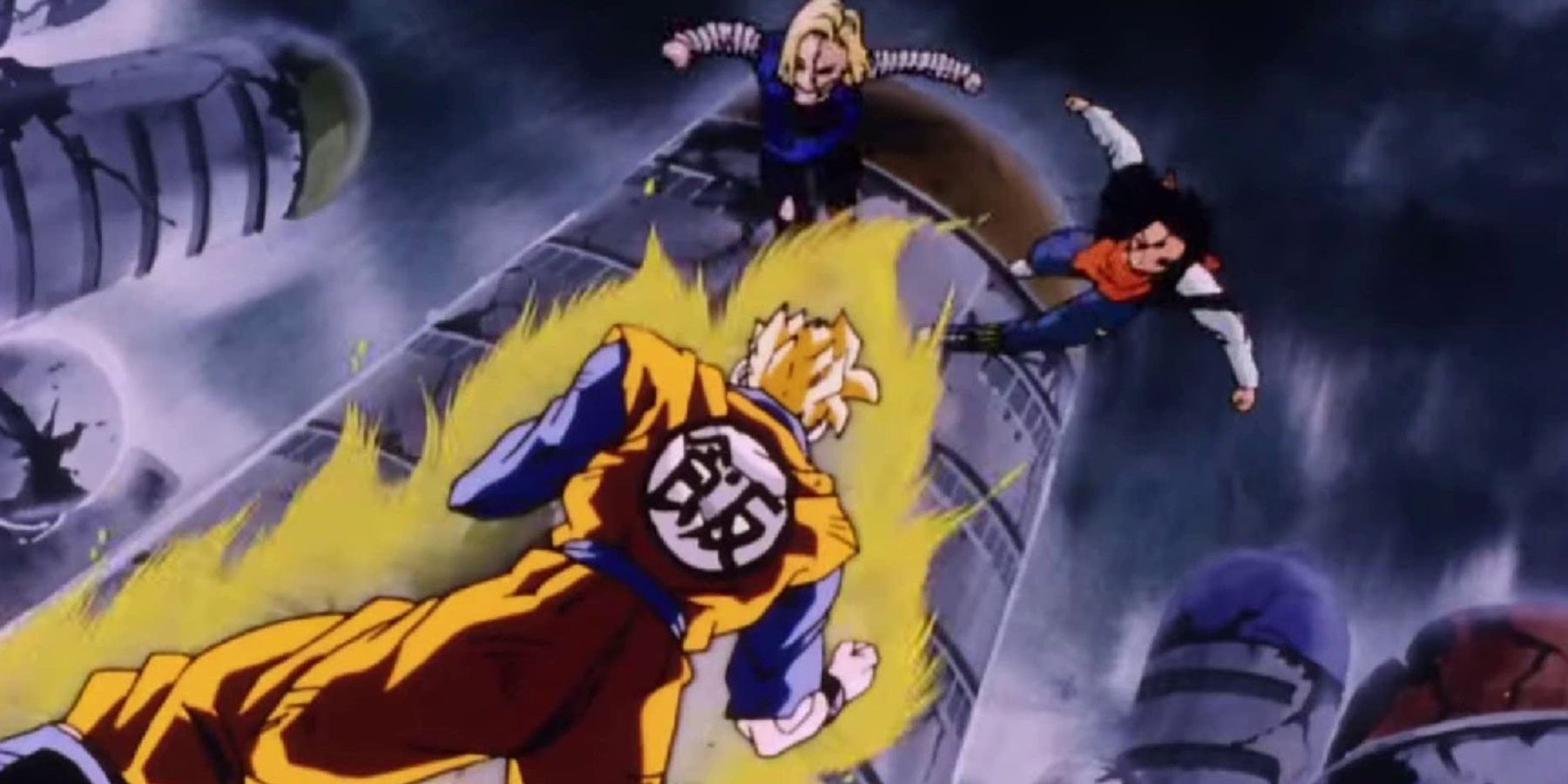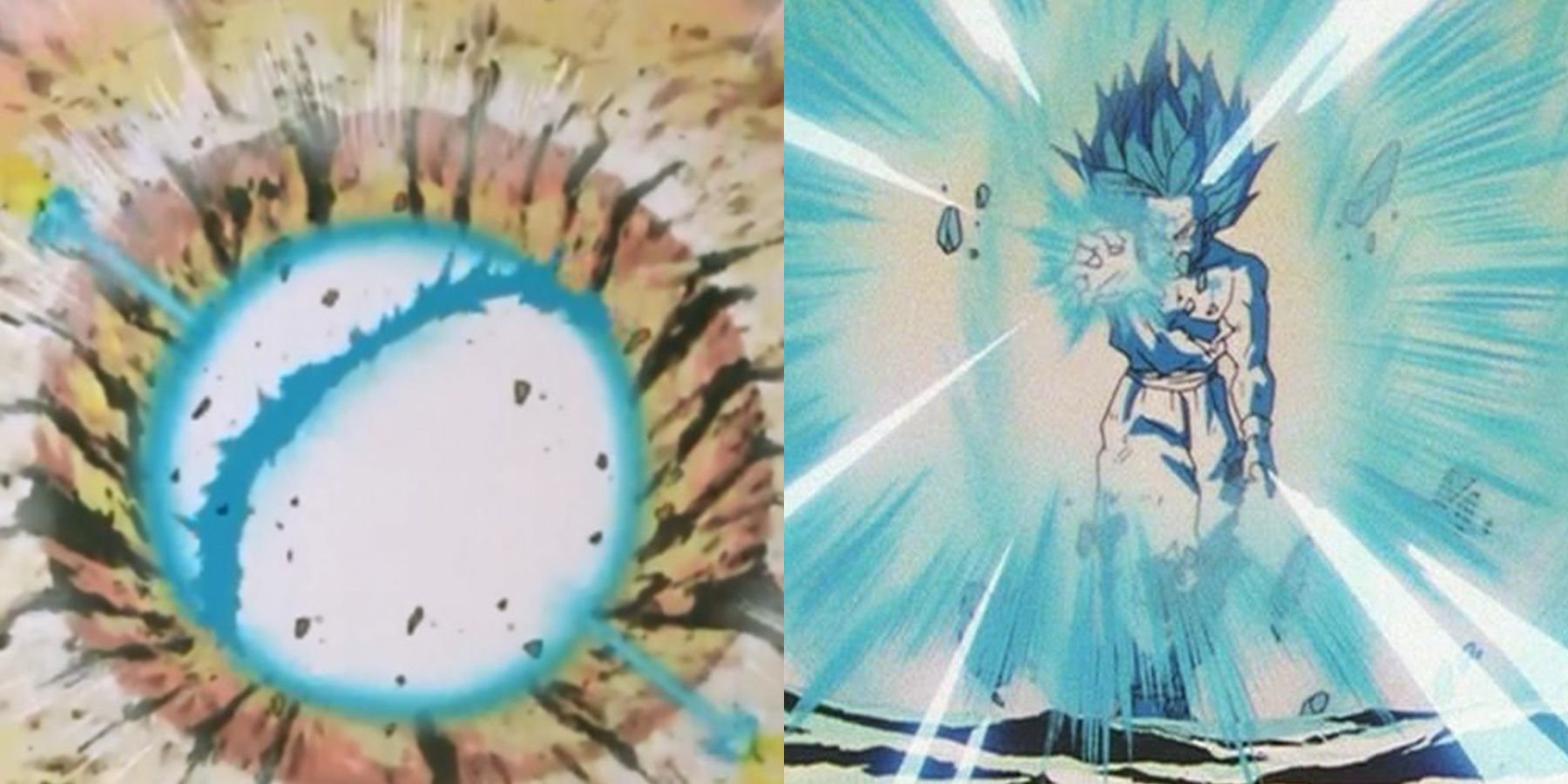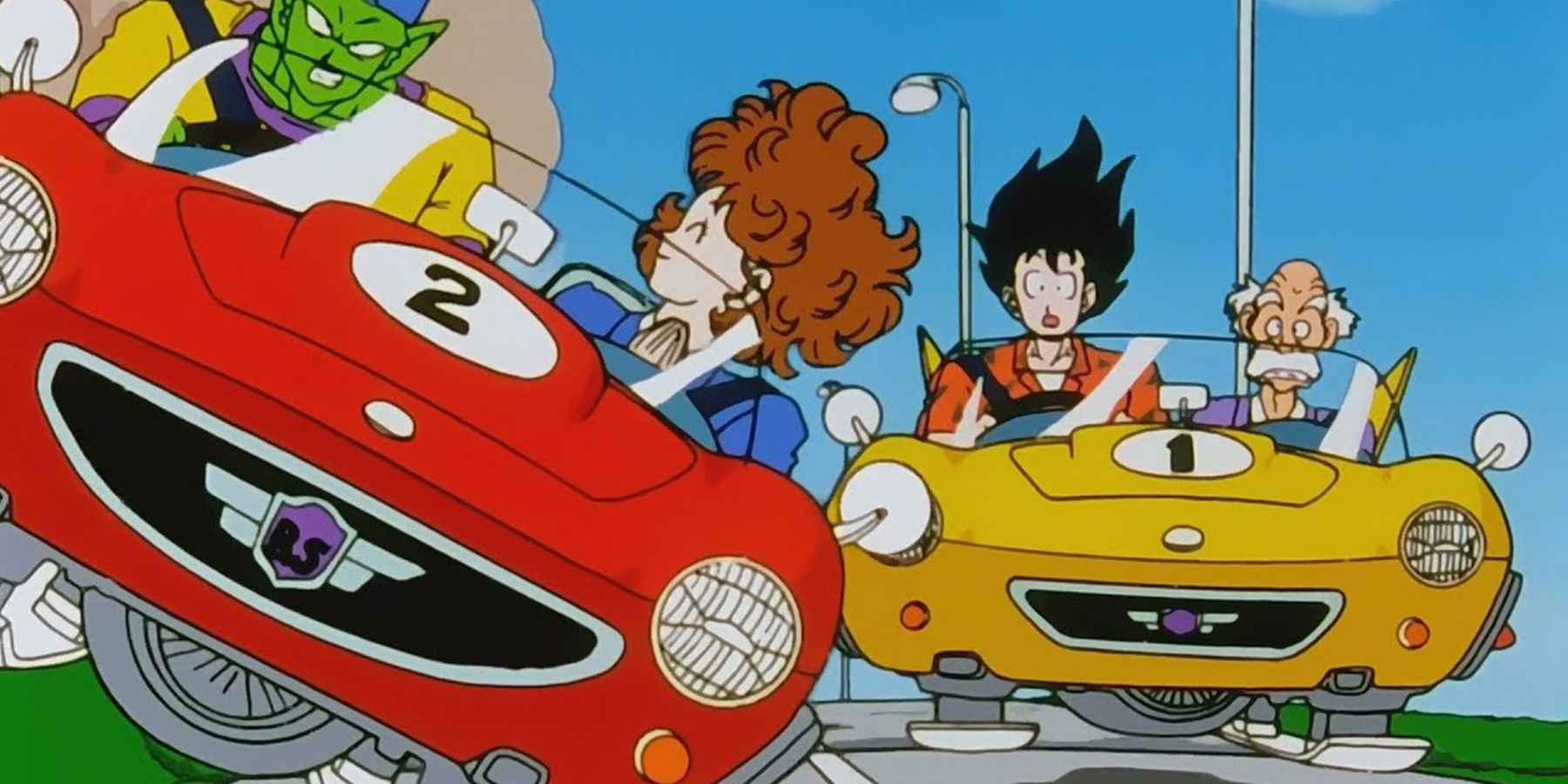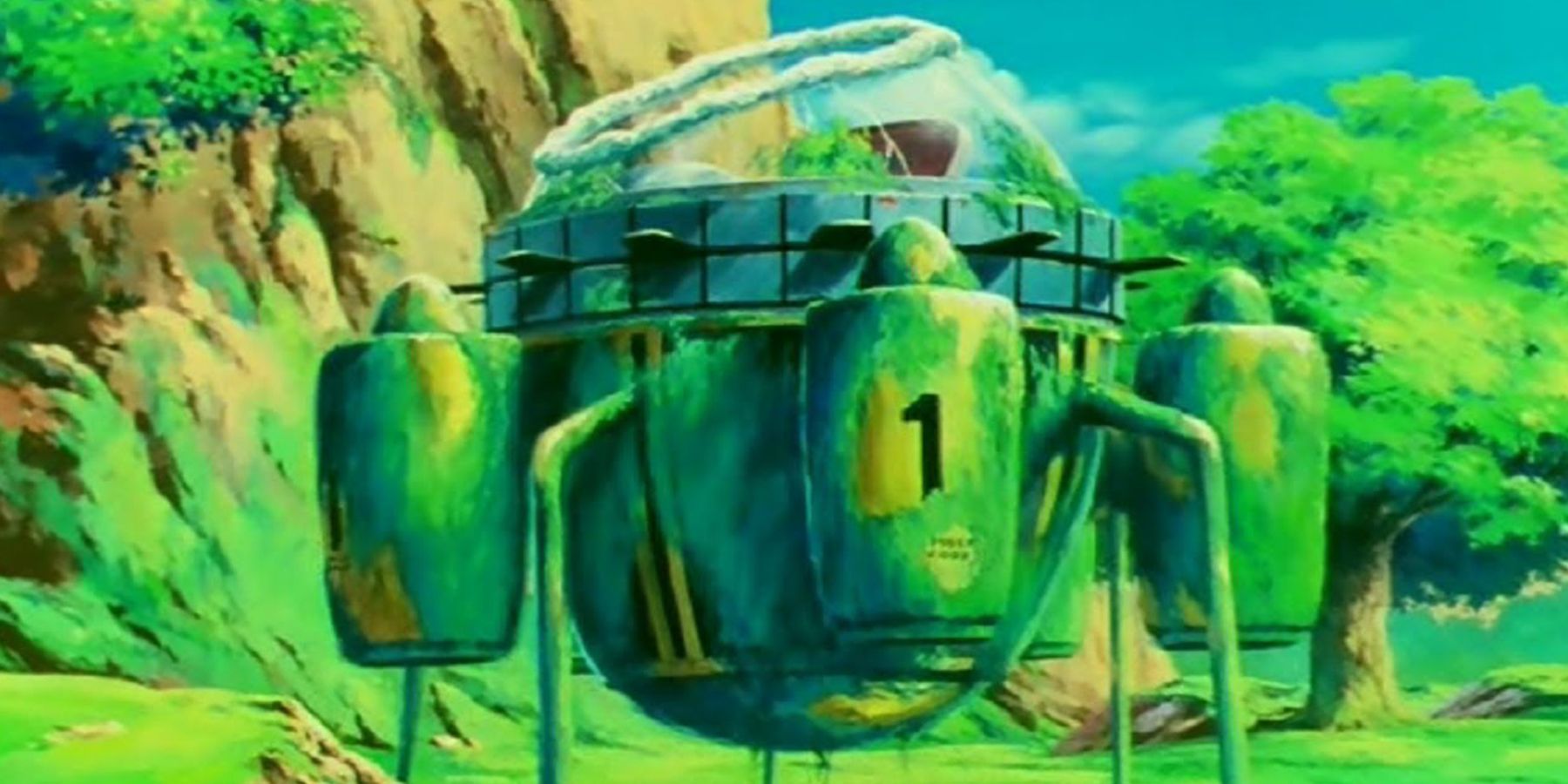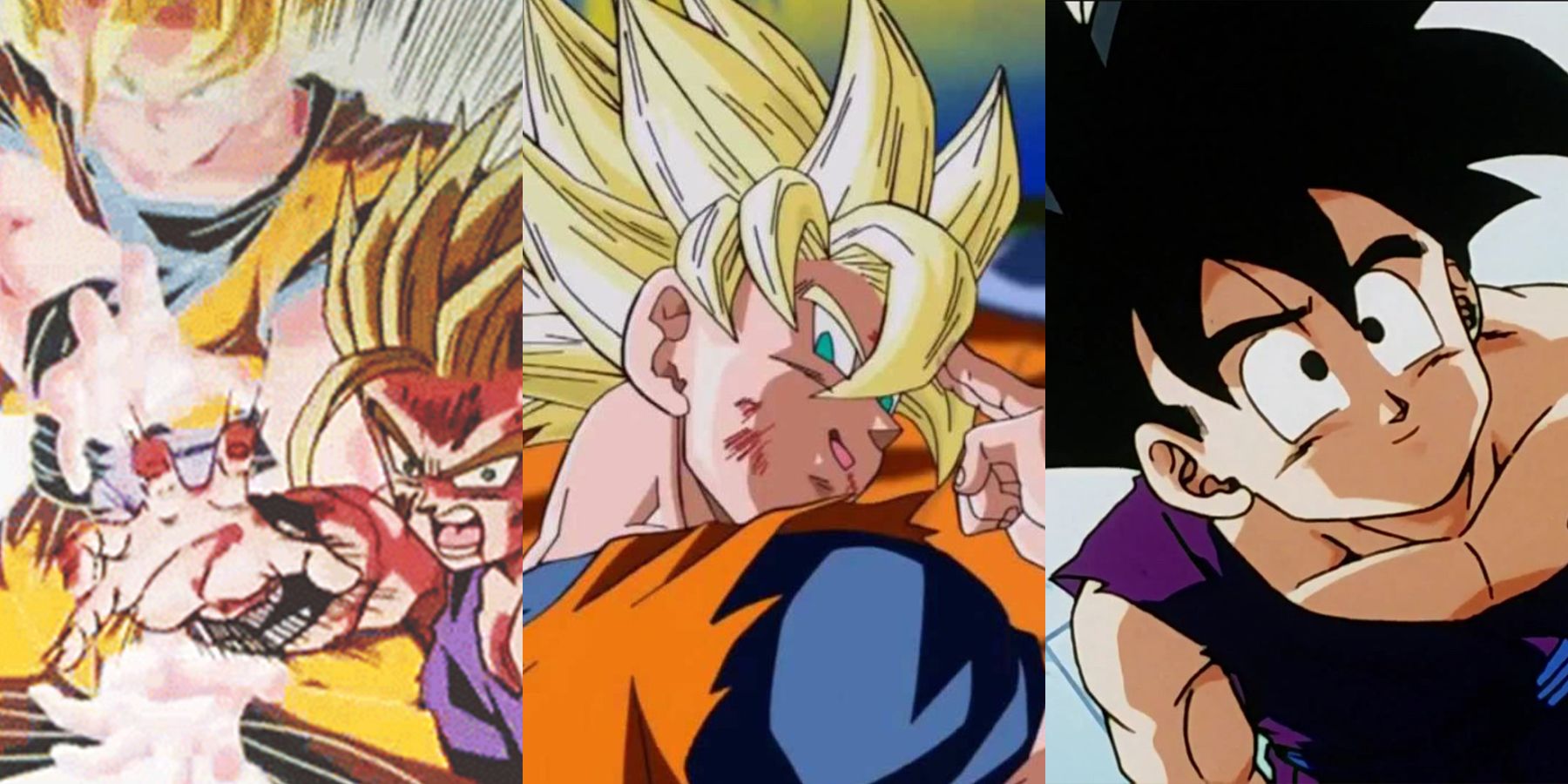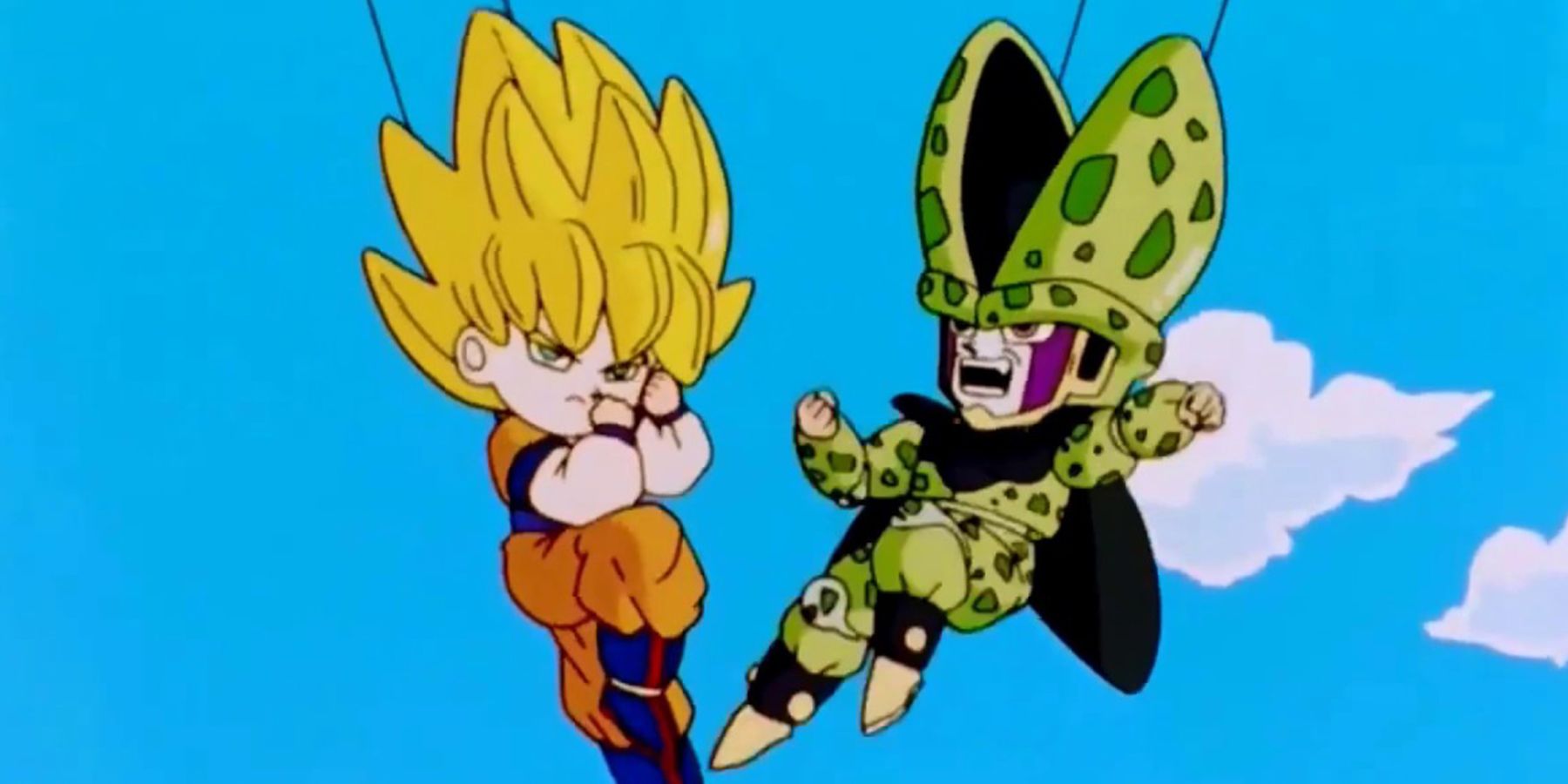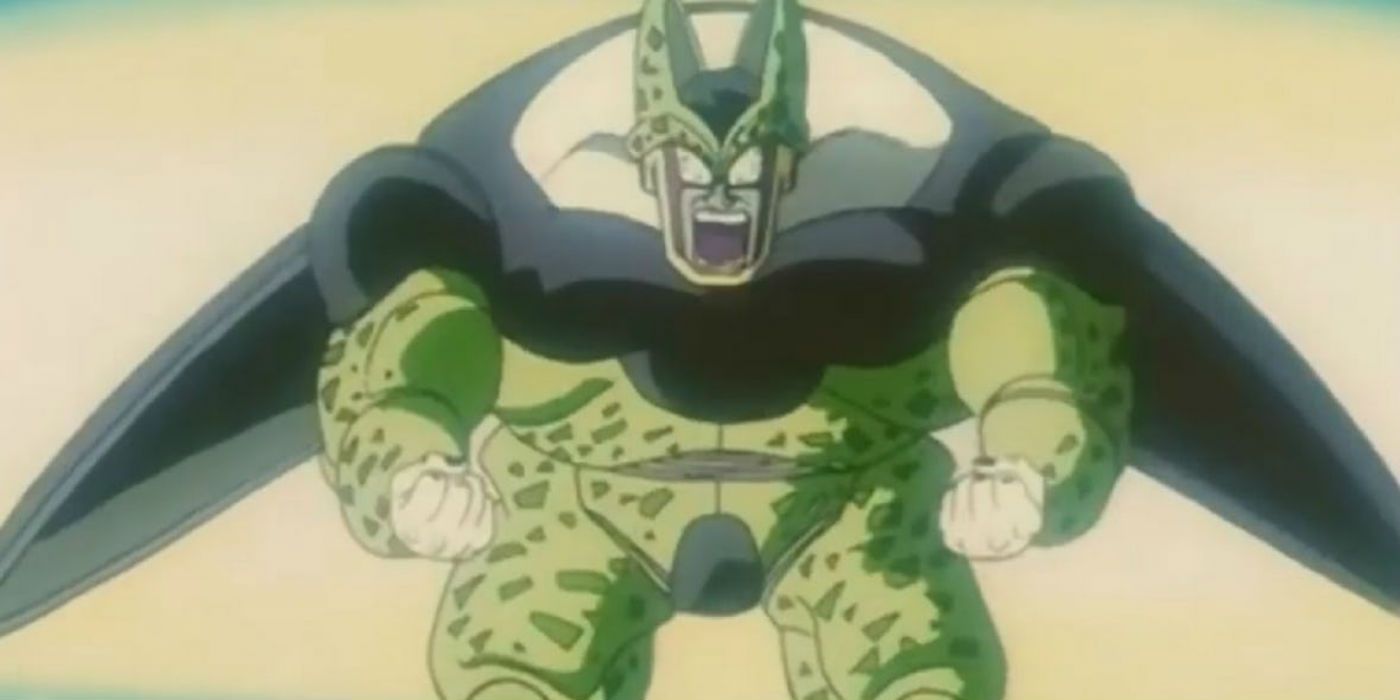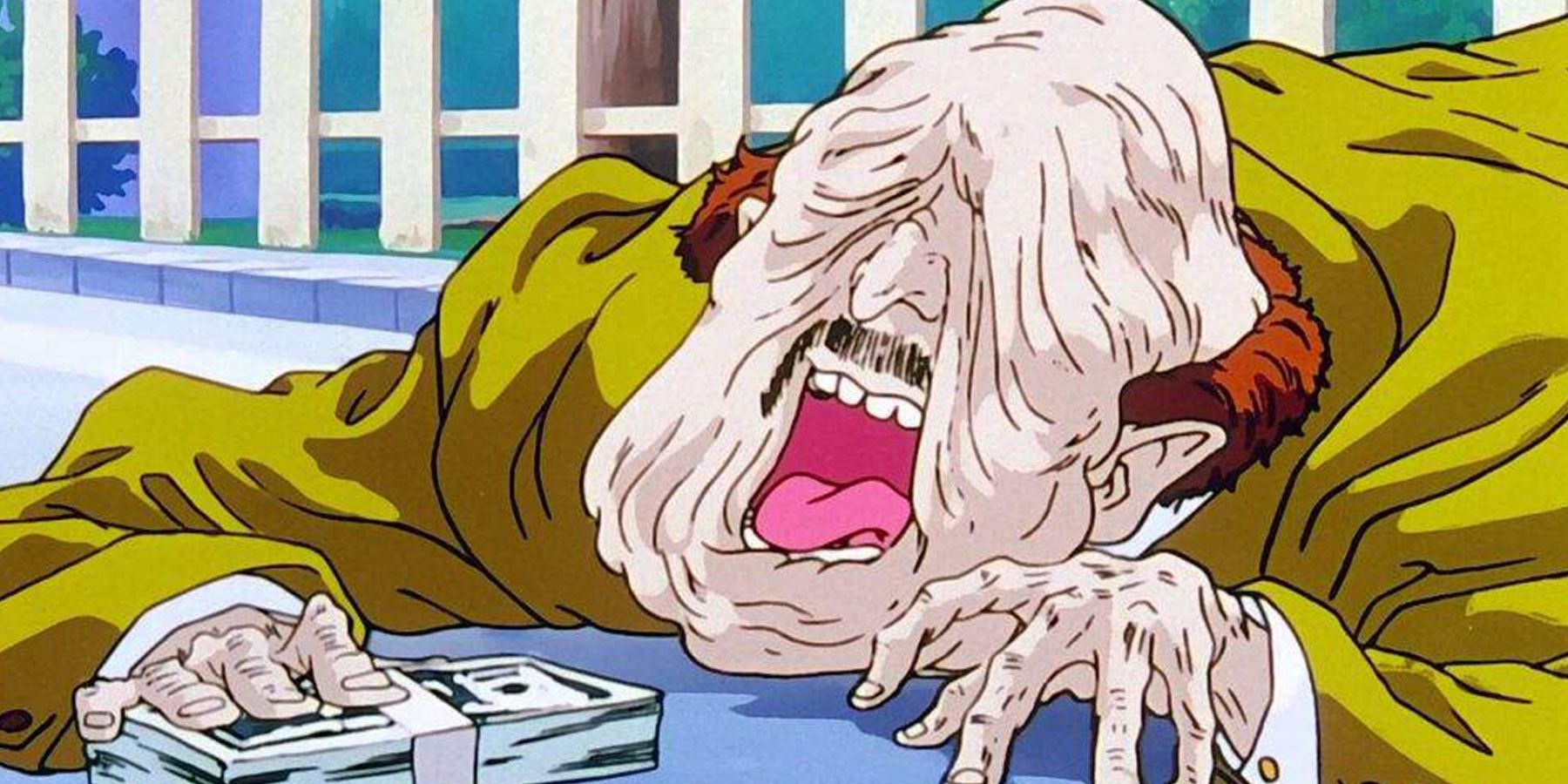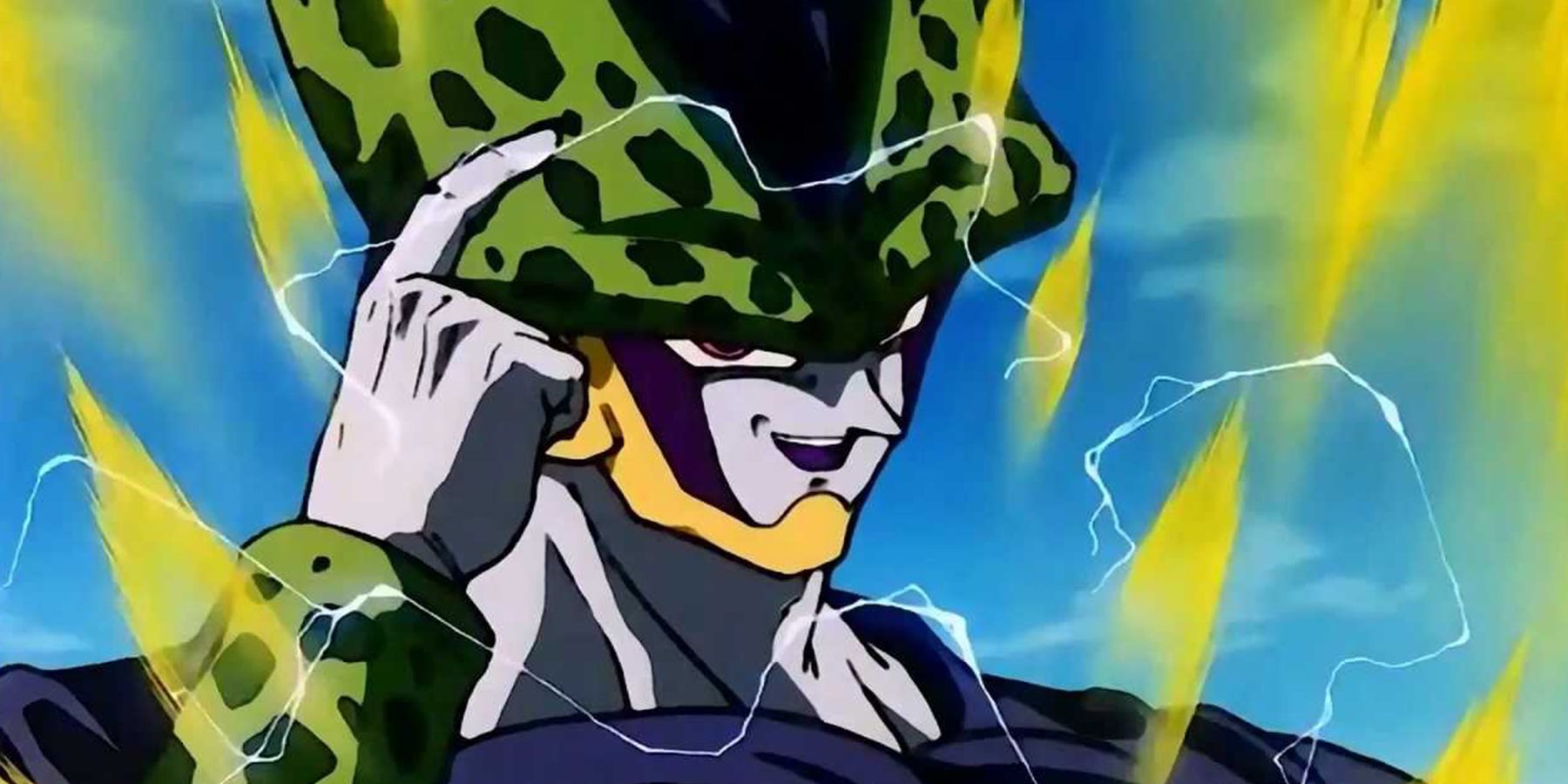At the end of the Frieza saga, Goku went Super Saiyan for the first time and defeated the intergalactic tyrant before Planet Namek's destruction. Most thought that the series couldn't get better and that it had reached its high point with this epic battle. Little did they know, the Frieza saga was not the true peak of the series. No, that honor undoubtedly belongs to the Androids/Cell saga, which not only had some of the best villains in the series, it also introduced us to Future Trunks and was the beginning of Vegeta's evolution into a full-fledged hero.
But, of course, the greatest moment of the Cell saga was when Gohan, at only 10 years old, unleashed a new form of Super Saiyan and completely owned Cell in one blast, striking the final blow with a father-son Kamehameha. It's not hard to see why everyone loves the Androids/Cell Saga, since it gave us some of the greatest additions to the franchise. Because of how beloved the saga is, we decided to dig up some interesting facts about it. Everything from behind-the-scenes trivia to little-known facts or even just oft-forgotten moments, here are 15 facts you never knew about the Androids/Cell Saga of Dragon Ball Z.
15 THE VILLAIN PROBLEM
Though they are technically separate arcs in the series, the Androids Saga and the Cell Saga are often considered to be part of a single saga, but why is this? Well, for one thing, the story of the Androids leads into the Cell Saga, and both storylines are concluded after Cell's defeat. Another reason to consider them part of the same saga is because the shift of focus from the Androids to Cell had to do with the original manga and Akira Toriyama's hard-to-please editor.
Originally, Androids 19 and 20 were going to be the main villains that Trunks came back to warn the Z-fighters of, but Toriyama's editor thought that an "old man" and a "china doll"-looking robot were not very interesting villains. So, Toriyama introduced Androids 17 and 18, but still, they weren't interesting enough. Finally, Toriyama introduced Cell, and his editor was happy... sort of.
14 FORMING PERFECTION
Even though Akira Toriyama's editor was happy to see a more interesting villain take the role of antagonist in the Androids saga, he wasn't a fan of the original design. Yes, even after all the story and villain changes, Toriyama's editor was still not satisfied and wanted to see a new version of the character. So, Toriyama came up with a way for him to transform, resulting in his personal favorite version of the character, Semi-perfect Cell.
But, once more, his editor was not a fan of the design, so another form and redesign was introduced, resulting in Cell's perfect form. After all the back and forth and updates, there was finally a villain that satisfied both Toriyama and his editor, though the former still found something to dislike about Perfect Cell, since his design was incredibly hard to draw over and over again.
13 INSPIRED BY THE TERMINATOR
Where the original Dragon Ball series drew inspiration from Journey to the West, Dragon Ball Z drew inspiration from American comic books and movies. The Saiyan Saga reads a lot like the tale of Superman and his Krypton heritage, and it's not hard to see that The Terminator was Toriyama's biggest inspiration for the Androids saga.
The Terminator is about using time travel to prevent a dystopian future that has been ravaged by machines, almost the exact same plot of the Androids saga. Trunks comes back in time (meeting his mother in the past) to warn the Z-fighters of the Androids coming to destroy them. He also warns of Goku's impending heart virus in hopes of saving the world's greatest warrior from dying before he can stop the oncoming threat, which is similar to Kyle Reese protecting Sarah Connor so the future's resistance leader can be born.
12 FOUR FLAVORS OF SUPER SAIYAN
A lot of new concepts were introduced within the Androids and Cell sagas, most of them having to do with Super Saiyans. First of all, Future Trunks was introduced as the second Super Saiyan in the franchise, and the saga also marked the first time that Vegeta and Gohan used the transformation. Furthermore, we were also introduced to new versions of the Super Saiyan form in the Androids and Cell sagas.
First, there was Super Saiyan second grade, which increases a Super Saiyan's strength by inflating the muscles with Ki. This form was taken a step farther with Super Saiyan third grade, which Trunks found out resulted in a massive speed drop due to the increased muscle mass. Goku and Gohan completely mastered the Super Saiyan forms in the hyperbolic time chamber, resulting in the Full Power Super Saiyan. Lastly, Gohan achieved Super Saiyan 2 in his fight against Ccell.
11 VEGETA'S DEVELOPMENT
Vegeta is such a beloved character because of the insane development he went through, starting as a ruthless villain and eventually turning into a caring father and husband. Though he was an ally of sorts in the Frieza saga, we didn't really start to see Vegeta change until the Androids and Cell saga. Vegeta goes from being a villain to an anti-hero in this saga which was what opened him up to be the hero that he was in the Buu saga and in Super.
We like to think that part of the reason that Vegeta started to change was his relationship with Bulma, which was also introduced in this saga. Sure, Vegeta only had a one-night-stand with Bulma and he ignored his infant son at first, but clearly he cared for her, and his feelings eventually grew strong enough for him to overcome his own stubbornness.
10 VEGETA'S VOW
Another major factor in Vegeta's character development was, of course, his pride. Vegeta has had his pride wounded quite a few times, but nothing stung quite like Gohan's defeat of Cell. On top of Goku surpassing him a few times over and dying like a hero (so he could never face him again), Gohan, at only 10 years old, surpassed him even more, achieving the Super Saiyan 2 form. Both of these were huge hits to Vegeta's pride, as he felt he was a shadow of his former self.
With such a devastating blow to his pride as a warrior and a Saiyan, Vegeta made a promise, a vow to never fight again, as he could no longer consider himself a warrior with such a defeat. After this vow, Vegeta continued to train, but gave up fighting, a choice that lasted seven years.
9 THE FLASHBACK FILLER
Though it was eventually introduced into the canon of the franchise, the flashbacks that showed Future Gohan and Trunks fighting the androids were originally filler and not considered canon based on the fact that it didn't appear in the manga. However, because it built on the lore in an interesting way, many fans consider it canon.
In fact, the story depicted in this filler was eventually turned into a TV special called The History of Trunks. The special portrayed what happened in these flashbacks and expanded upon them showing how Gohan lost his arm, got his scars and eventually died at the hands of the Androids, his death serving as the catalyst for Trunks' first Super Saiyan transformation. Another fact fans might not is that this TV special inspired a live-action fan series based on the storyline titled Dragon Ball Z: Light of Hope.
8 THE LONGEST ENERGY CLASH
When we did our list on facts about the Frieza saga, we revealed that Goku's fight with Frieza was the longest fight in the series and in anime history. Like his father, Gohan also holds a record in the anime that came in his fight against Cell. In the final moments of the fight, Cell and Gohan both fired Kamehamehas at each other, their blasts meeting with an energy clash between them, a staple of the franchise.
So what's so special about this clash? It's actually the longest in the series. During the climax of the fight, Gohan and Cell unleash their attacks at each other and Gohan struggles with holding back Cell's beam, the struggle acting as a war of attrition over who has more energy left. Fortunately, Gohan gets a boost from the spirit of his father and is able to defeat the villain.
7 THE INFAMOUS DRIVING EPISODE
Fans might be split on the filler of Dragon Ball, but we can all agree that the episode in which Goku and Piccolo get their driver's licenses is pretty great. In this episode, Goku recounts the tale of how he and Piccolo went to the DMV to take a driving test, failing because they started to get competitive and race each other.
Here's a fun fact about this filler: it took place during the Cell saga. Though it isn't really considered canon, in the original version of Dragon Ball Z, this episode took place after Goku and Gohan emerged from the Hyperbolic Time Chamber and decided to spend one of their resting days having a picnic, resulting in the conversation about how Goku got his license.
6 ALTERNATE TIMELINES
The Androids/Cell saga introduced Future Trunks to the world of Dragon Ball, and with him came the concept of time travel. Trunks came to the past using a time machine that his mother made in an attempt to fix the future he came from. Unfortunately, things didn't work out exactly as planned, since a few divergent timelines resulted from Trunks' meddling in the past.
There are three main timelines introduced in the Cell saga: the main timeline and two alternate versions. Future Trunks comes from an alternate timeline in which Goku died of a heart virus and the Androids killed the other Z-fighters, turning the world into a dystopian nightmare. The main timeline of Dragon Ball Z prevented this future with the help of Future Trunks, and the final timeline is the one in which Cell killed Trunks and stole his time machine.
5 PASSING THE TORCH
After years of writing Goku as the main character, Akirya Toriyama was ready to pass the torch on to Goku's son, Gohan. Though fan backlash eventually reversed this decision, the plans for Gohan to take over were all laid out in the Cell saga, and when you look at all the clues, it's clear that Toriyama was planning it for a while.
The first clue is that Goku was actually seen training alongside his father, which had never been seen before. The second clue was that Gohan was able to go Super Saiyan at a young age, showing that he was as strong as his father and could thus take his place. The third clue was when Goku literally gave up fighting Cell so Gohan could take over. The final, and most obvious clue, was when Gohan defeated Cell and Goku decided to stay dead.
4 CELL GAMES: THE MOVIE
Perhaps the silliest fact about the Cell Saga is something seen in the Buu saga. After Cell's defeat, Mr. Satan took credit for saving the Earth, an act that earned him fame and fortune. Mr. Satan's "heroic" story was accepted as the truth and a film was even made about how he defeated the vicious Cell.
This movie was shown during the 25th World Martial Arts Tournament in the Buu saga, and parodied Toksatsu TV shows by featuring flashy special effects and actors in cheesy costumes. This version of the story obviously depicted Mr. Satan as the hero, potraying the Z-fighters as no-name weaklings that the world mostly forgot about. Perhaps the funniest thing about this film was that in the Kai dub of the series, Team Four Star, the people behind DBZ: The Abridged Series, were brought on to voice the fake Z-fighters.
3 NO REDEMPTION FOR CELL
As of this point, Cell is currently the only main DBZ villain who didn't stick around in some way. What do we mean by this? Well, one of the biggest staples of the franchise is when a villain becomes a friend and ally. This happened with Yamcha, this eventually happened with the Pilaf gang, it happened with Piccolo and Vegeta and even Majin Buu. Heck, even Frieza came back as a member of Universe 7's team in the Tournament of power.
But Cell? Cell is the only major villain in Dragon Ball Z who didn't make a comeback as an ally. Sure, part of this might be because he's dead, but that didn't stop Frieza from getting a redemption of sorts. With the end of Dragon Ball Super, there doesn't seem to be a chance that Cell will come back, so we'll have to settle for his return in Dragon Ball FighterZ.
2 THE LOWEST BODY COUNT
The villains of Dragon Ball Z, even the ones that have become good guys, are often ruthless and deadly. Vegeta killed entire planets of people and Frieza was even worse. Majin Buu was just as deadly, destroying the entire Earth as well as several alien planets on his way to find Goku. The Androids have a high body count as well, but nowhere on the scale of other villains.
But Cell? He's got the lowest body count of any villain in the series, his only victims were Trunks and a town full of people, the latter of which was not shown on-screen. Because of this, The Androids/Cell saga has the lowest body count in the series, which is definitely a good thing, but also makes it stand out from the other sagas.
1 THE DUB'S CONTINUITY CORRECTION
Cell has the powerful ability to regenerate himself from any injury, a power that he is happy to explain with great arrogance. We first see this power after Goku hit Cell with a point-blank Kamehameha, knocking his head clean off. However, Cell reforms and is quickly back in the fight. He uses this ability two more times, when Gohan blasts a hole through his side and and then when he blew himself up and reformed from what was left.
In the original Japanese version, Cell explained that his power to regenerate came from an organ in his head that allowed him to regenerate no matter what. But, this presented an continuity error, since Cell previously reformed after his head was blown off. However, the English dub of the series corrected this mistake by having Cell state that each of his cells has a memory and can regenerate his entire body.

